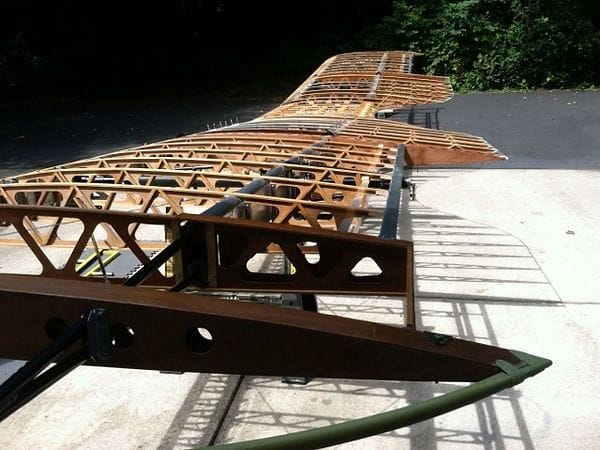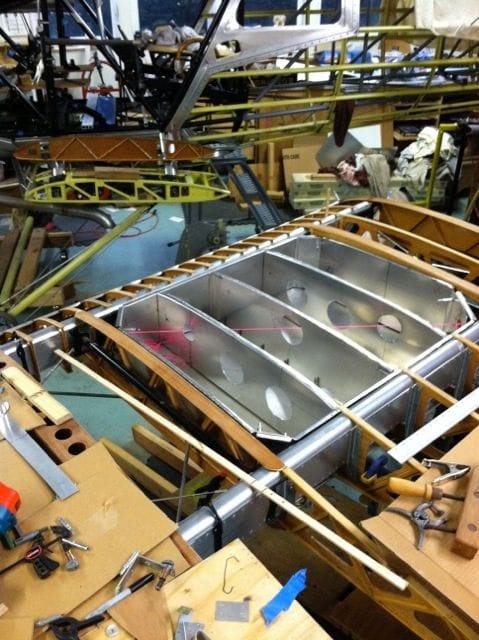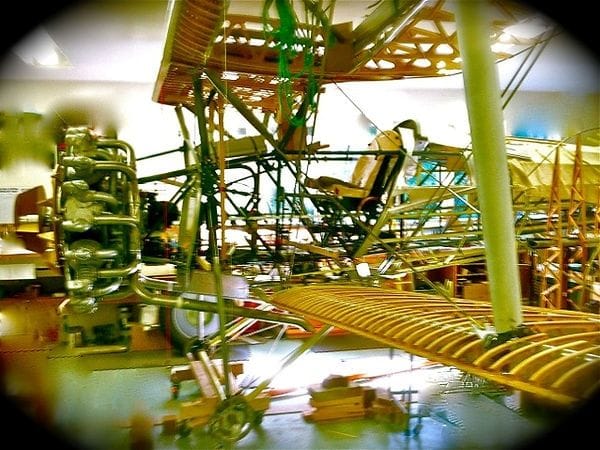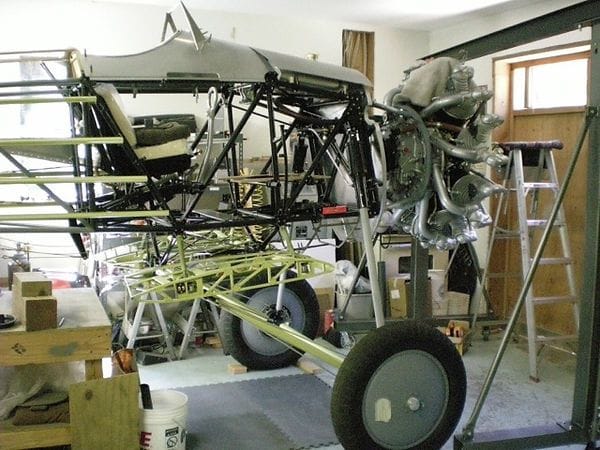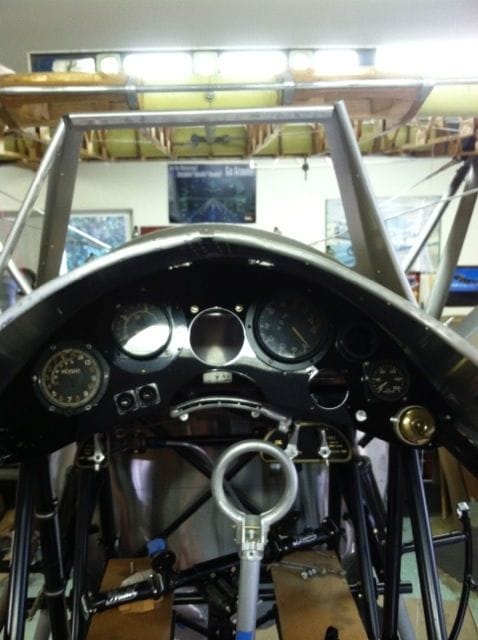BRISTOL BULLDOG
Thread Starter
BRISTOL BULLDOG
Ed Storo of Oregon (ex-FedEx pilot) is building a Bulldog as detailed in the latest Classic Wings (Issue 109 Vol. 24 No.1).
He is after a pair of nav. lights of the type fitted to English service aircraft of the late twenties or early thirties. The RAAF had eight Bulldogs, but if any part of any of those is still in existence it'd be a wonder. Still, who knows what some collector has tucked away in his shed?
"The prototype Bristol Bulldog first flew in 1927, and Bulldog Mk II entered the Royal Air Force in 1929. The aircraft became the most widely-used day and night fighter of its time, and attracted the attention of Latvia, Japan, Siam, Sweden, Estonia, Finland and America.
"In February 1930, eight Bulldog IIs arrived in Australia in the SS Fordsdale, and acceptance tests were carried out at Point Cook in May. On 9 May, Flying Officer C. Henry won the Victorian Aerial Derby at 183 mph, and a few days later, Flying Officer W. G. Rae escaped by parachute when the wing of a Bulldog collapsed while he was performing an outside loop. The Bulldog soon became a firm favourite at aerial pageants, where its aerobatic prowess was capably demonstrated by pilots of the calibre of Flight Lieutenant F.R. Scherger, later to become RAAF Chief of Air Staff.
During the early thirties, the Bulldogs formed the fighter squadron at Point Cook. In March 1932, a flight of Bulldogs flew to Darwin to co-operate with the RAF flying boats of No 205 Squadron from Singapore.
In 1940, the three surviving RAAF Bulldogs were converted to instructional airframes, and were scrapped during World War II." (RAAF Museum website.)
He is after a pair of nav. lights of the type fitted to English service aircraft of the late twenties or early thirties. The RAAF had eight Bulldogs, but if any part of any of those is still in existence it'd be a wonder. Still, who knows what some collector has tucked away in his shed?
"The prototype Bristol Bulldog first flew in 1927, and Bulldog Mk II entered the Royal Air Force in 1929. The aircraft became the most widely-used day and night fighter of its time, and attracted the attention of Latvia, Japan, Siam, Sweden, Estonia, Finland and America.
"In February 1930, eight Bulldog IIs arrived in Australia in the SS Fordsdale, and acceptance tests were carried out at Point Cook in May. On 9 May, Flying Officer C. Henry won the Victorian Aerial Derby at 183 mph, and a few days later, Flying Officer W. G. Rae escaped by parachute when the wing of a Bulldog collapsed while he was performing an outside loop. The Bulldog soon became a firm favourite at aerial pageants, where its aerobatic prowess was capably demonstrated by pilots of the calibre of Flight Lieutenant F.R. Scherger, later to become RAAF Chief of Air Staff.
During the early thirties, the Bulldogs formed the fighter squadron at Point Cook. In March 1932, a flight of Bulldogs flew to Darwin to co-operate with the RAF flying boats of No 205 Squadron from Singapore.
In 1940, the three surviving RAAF Bulldogs were converted to instructional airframes, and were scrapped during World War II." (RAAF Museum website.)
Gnome de PPRuNe
Join Date: Jan 2002
Location: Too close to Croydon for comfort
Age: 60
Posts: 12,644
Received 300 Likes
on
168 Posts
Tim Moore's SkySport Engineering in Bedfordshire rebuilt the Bulldog in the RAF Museum - doubtless he's already in contact with them, but if not perhaps they might be able to help or point him in the right direction?
Gnome de PPRuNe
Join Date: Jan 2002
Location: Too close to Croydon for comfort
Age: 60
Posts: 12,644
Received 300 Likes
on
168 Posts
And she flies! Ed's amazing Bulldog replica has flown!
Avoid imitations
Join Date: Nov 2000
Location: Wandering the FIR and cyberspace often at highly unsociable times
Posts: 14,576
Received 429 Likes
on
226 Posts
Sounded like it took off with the engine almost idling!
Gnome de PPRuNe
Join Date: Jan 2002
Location: Too close to Croydon for comfort
Age: 60
Posts: 12,644
Received 300 Likes
on
168 Posts
If ever I win lots and lots of lovely lolly on the Lottery, an airworthy Bulldog replica would be on my commissioning list - and a Siskin.
What engine does it have...?
Gnome de PPRuNe
Join Date: Jan 2002
Location: Too close to Croydon for comfort
Age: 60
Posts: 12,644
Received 300 Likes
on
168 Posts
A Wasp of around the same HP as a Jupiter apparently, presumably an R-1340.







